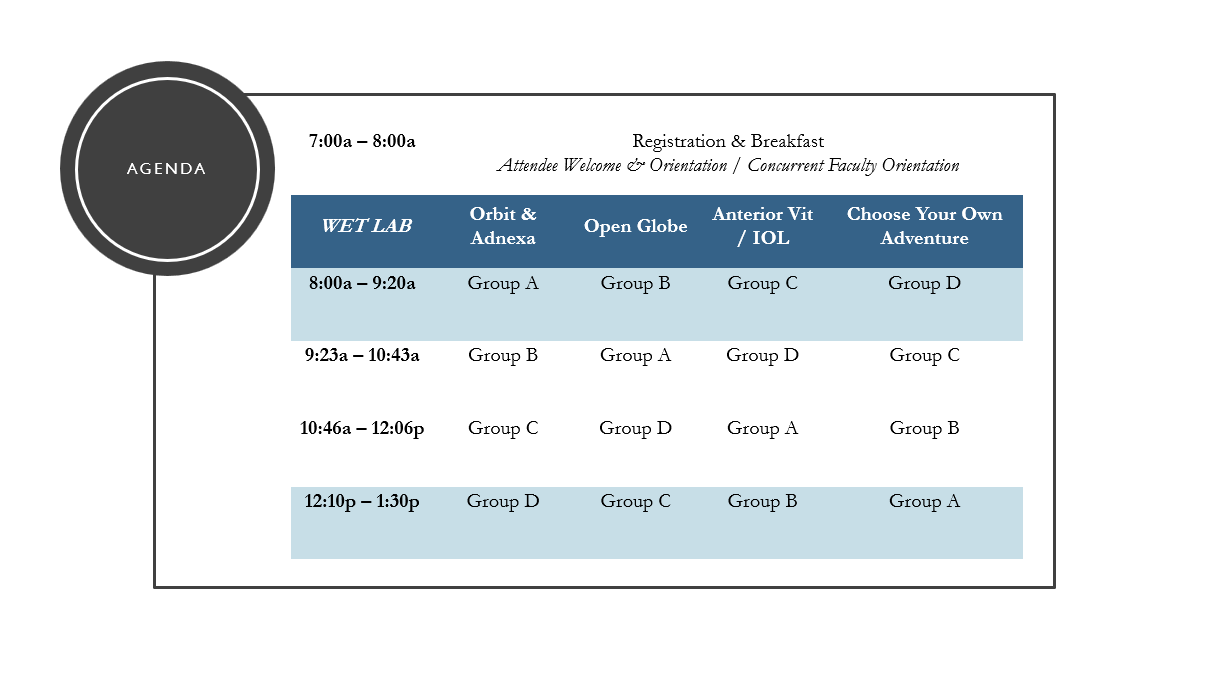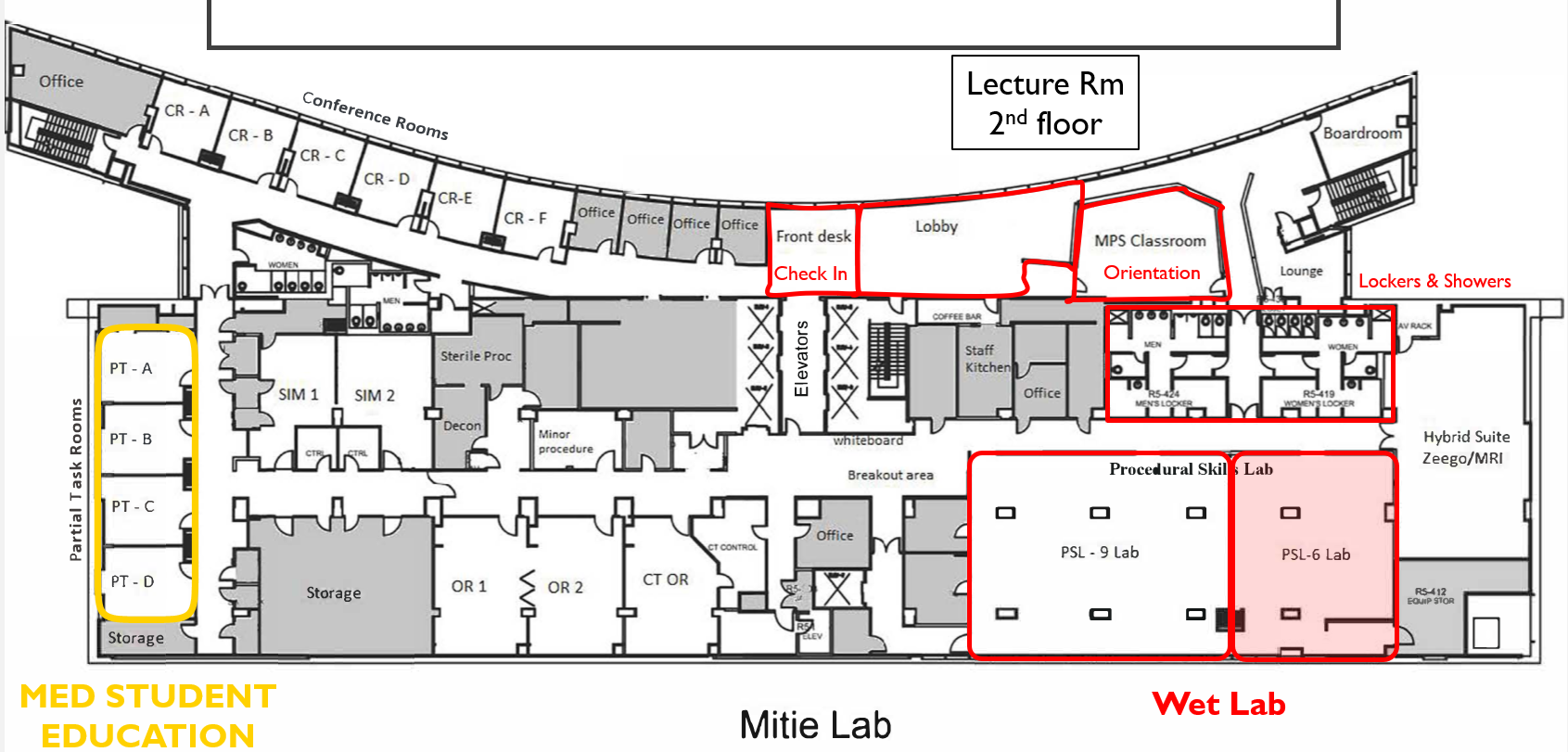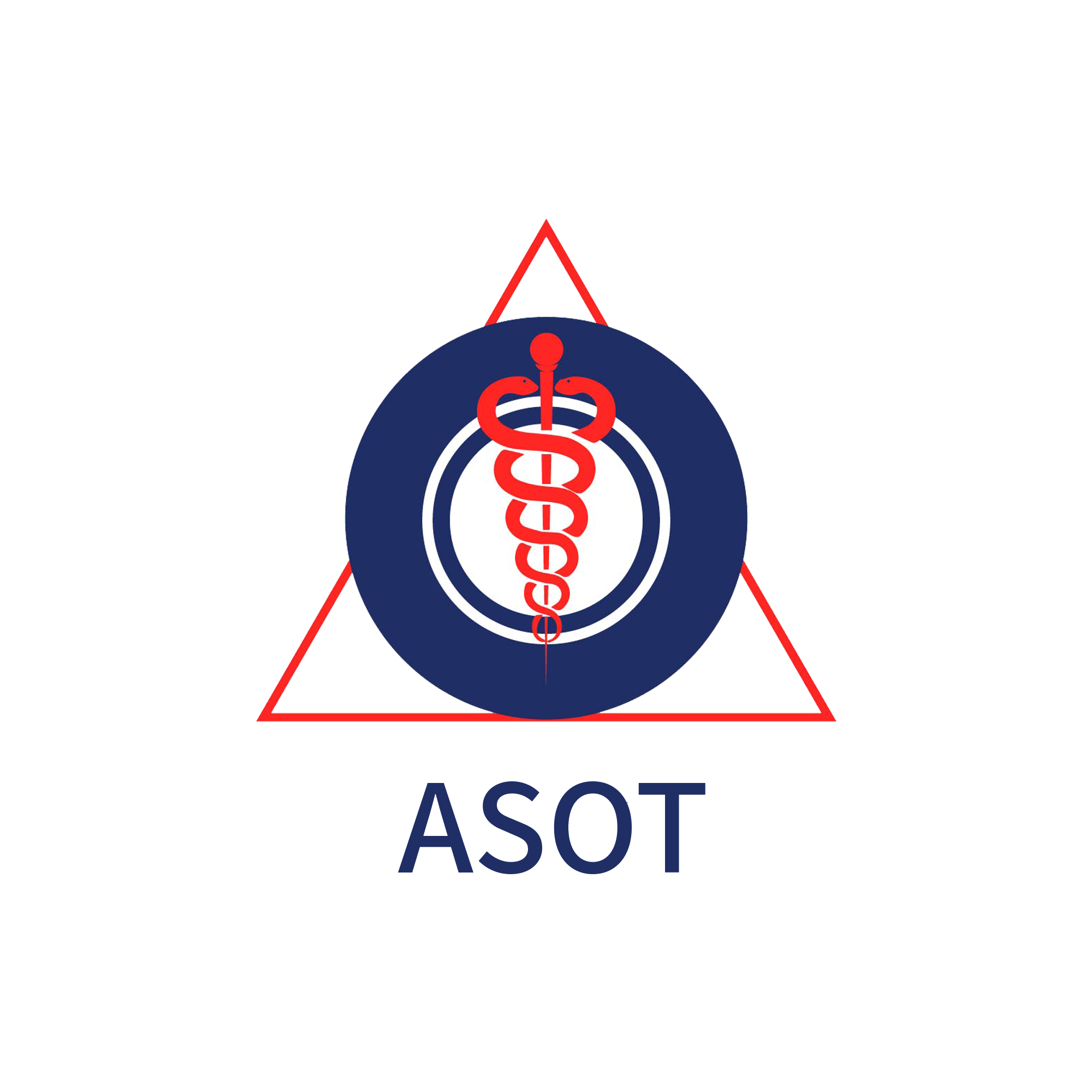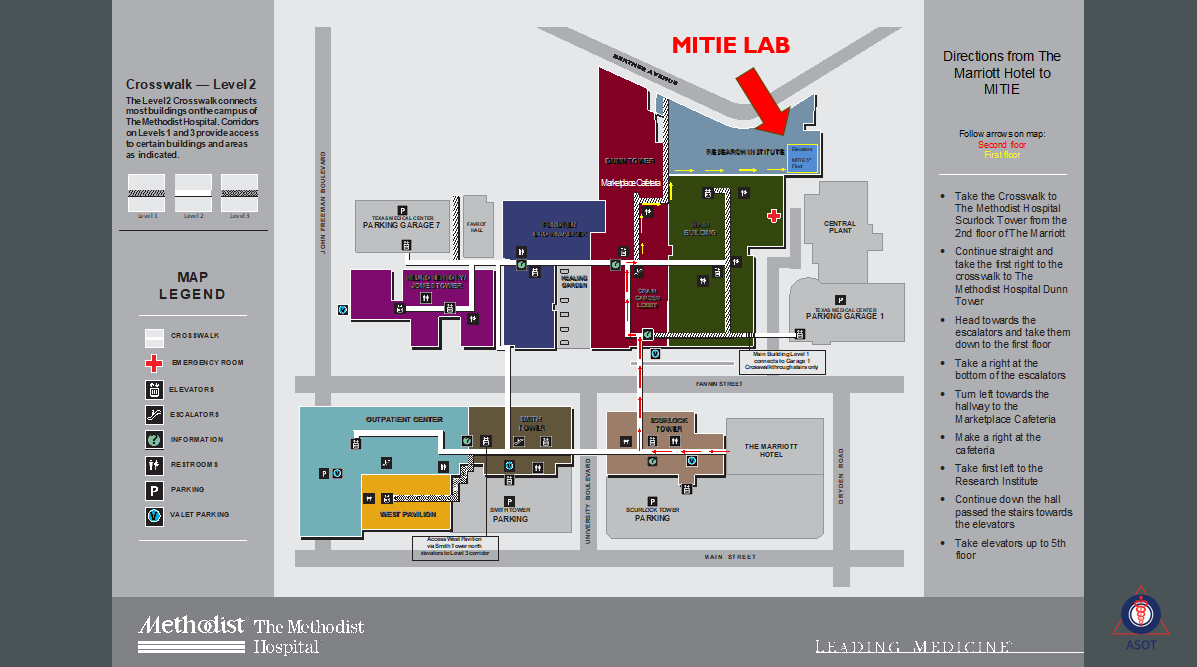DAMAGE CONTROL AND RECONSTRUCTION SKILLS TRANSFER LAB
Join us for the Eye Trauma Wet Lab Course, a premier hands-on training experience designed for upper-level residents, fellows, and ophthalmologists seeking to enhance their skills in managing complex ocular trauma. This course offers expert-led instruction on advanced surgical techniques, giving participants the opportunity to refine critical surgical skills.
This year, we are excited to announce a dedicated Medical Student Eye Trauma Wet Lab Course designed for ophthalmology-bound medical students aimed at teaching eye trauma surgical skills and techniques with expert-led instruction, ranging from intraocular surgical maneuvering, suturing, and management of common extraocular trauma.
Skills Transfer Lab ‘Tracks’
Eye Trauma Wet Lab Course (Attending, Fellow, Resident)
- Limited registration to 40 attendees. Please head to the next page to secure your spot for the course. There is a separate registration and payment for the wet lab.
- To register a small group from your program, please contact Info@theASOT.com (program appropriate for upper-level residents, fellows and practicing ophthalmologists)
Medical Student Eye Trauma Wet Lab Course
- There is limited admission to the medical student skills transfer laboratory designed for upper-level medical students pursuing an ophthalmology residency and for medical students who submit an abstract or poster. ASOT will maintain a waitlist. Please email info@theasot.com to register as a medical student.
- Preference will be given to STUDENTS WHO HAVE SUBMITTED ABSTRACTS OR POSTERS TO THE CONFERENCE, and senior medical students closest to residency training in an effort to improve retention of skills gained during the workshop.
Click Below to Down the PDF


MITIE LAB LAYOUT

Orbit/Adnexa Learning Objectives
Station 1: Orbit and Adnexal Trauma
- Educational Objectives:
- Evaluate and repair marginal eyelid lacerations, treat orbital compartment syndrome, and canalicular lacerations.
- Discuss the indications for and perform an enucleation.
- Discuss the indications of and perform a tarsorrhaphy.
- Discuss the indications for and perform an canthotomy and cantholysis.
- Discuss indications and timing for orbital fracture repair.
- Learning Objectives:
- Exploration to identify structures; full-thickness lid marginal laceration repair; reapproximating tarsal plate; tarsorrhaphy; lateral canthotomy/cantholysis for orbital compartment syndrome; enucleation; extraocular muscle securing and suturing
- Emphasis on anatomic structures; closure in layers; ideal wound construction
Open Globe Learning Objectives
Station 2: Corneoscleral Open Globe Repair
- Educational Objectives:
- Gain knowledge and experience taking a history of and managing repair of eye injuries involving the cornea, limbus and sclera
- Become competent at repair of open-globe injury and understand common complications of open-globe injury.
- Manage/repair corneal lacerations, limbal and scleral lacerations, and endophthalmitis via tap & inject
- Learning Objectives:
- Suture simple and complex corneal, limbal, scleral lacerations; peritomy with relaxing incision; muscle isolation and repair; manage uveal prolapse; tap/culture/inject; discuss timing of potential vitrectomy, removal of intraocular foreign bodies
Anterior VIT/Lens/IOL Learning Objectives
Station 3: Vitreous and Secondary IOLs
Educational Objectives:
- Gain knowledge and experience taking a history of eye injuries involving complex crystalline lens trauma scenarios with emphasis on capsular integrity, zonular stability, vitreous prolapse and iris injury.
- Gain proficiency in understanding and practicing lensectomy and be introduced to various intraocular lens implantation techniques in a traumatized eye
Learning Objectives:
-
- Lensectomy; anterior vitrectomy; triamcinolone/kenalog staining; iris management; sulcus IOL; ACIOL, IOL fixation without capsular support; discuss pediatric and adult traumatic cataract and lens capsular violation management in the setting of trauma
Choose your own adventure supplies
Station 4: Diagnostics & Surgical Equipment
Educational Objectives:
- Become familiar with using surgical equipment to plan and execute proper ocular trauma repair
Learning Objectives:
- Personalization and customization of: surgical microscopes, heads up displays, phacoemulsification machines, vitrectomy machines, surgical equipment, suture material, intraocular lenses
Medical Student Wet Lab - EyeSi Objectives
Station 5: Basic intraocular skills
Educational Objectives:
- Gain an understanding of tissue and instrument handling during intraocular maneuvers
- Practice intraocular maneuvers using virtual reality EyeSi simulators
- Understanding ocular anatomy
- Learning basic diagnostic techniques with ultrasound and OCT
Learning Objectives:
- Complete EyeSi virtual reality wet lab skills with guidance from ophthalmology residents and attendings. Pass the activity 3 times in order to earn the certificate
MEDICAL STUDENT WET LAB - SUTURING
Station 6: Basic suturing & surgical microscope management
Educational Objectives:
- Gain experience with microsurgical techniques including suturing
- Become familiar with the use of surgical microscopes for use in ophthalmic surgery
- Demonstrate proper handling of surgical instruments used for basic suturing techniques (needle driver, forceps, and scissors) with correct hand positioning and control.
- Perform at least one basic suturing technique (simple interrupted) on a simulation model with appropriate tension and spacing between stitches.
- Recognize and correct common errors in suturing technique, such as improper knot tying, uneven tension, or inaccurate needle placement.
Learning Objectives:
- Suturing of skin, soft tissues, and ocular tissues; visualization of microsurgical field and tissues using ophthalmic microscopes
Medical Student Wet Lab – Corneal FB Removal Objectives
Station 7: Basic suturing & surgical microscope management
Educational Objectives:
-
- Gain an understanding of corneal foreign body removals and approaches for removal
- Discuss risks of corneal foreign body removal and the potential for a corneal laceration or intraocular foreign body, and the role of seidel testing to assess globe integrity
- Practice corneal foreign body removal, burring of residual rust, and seidel testing
Learning Objectives:
-
- Corneal foreign body removal, corneal burr for rust removal, and seidel testing
Phone
(952) 646 2043
Address
1935 County Road B2 W Ste 165 Roseville, MN 55113

